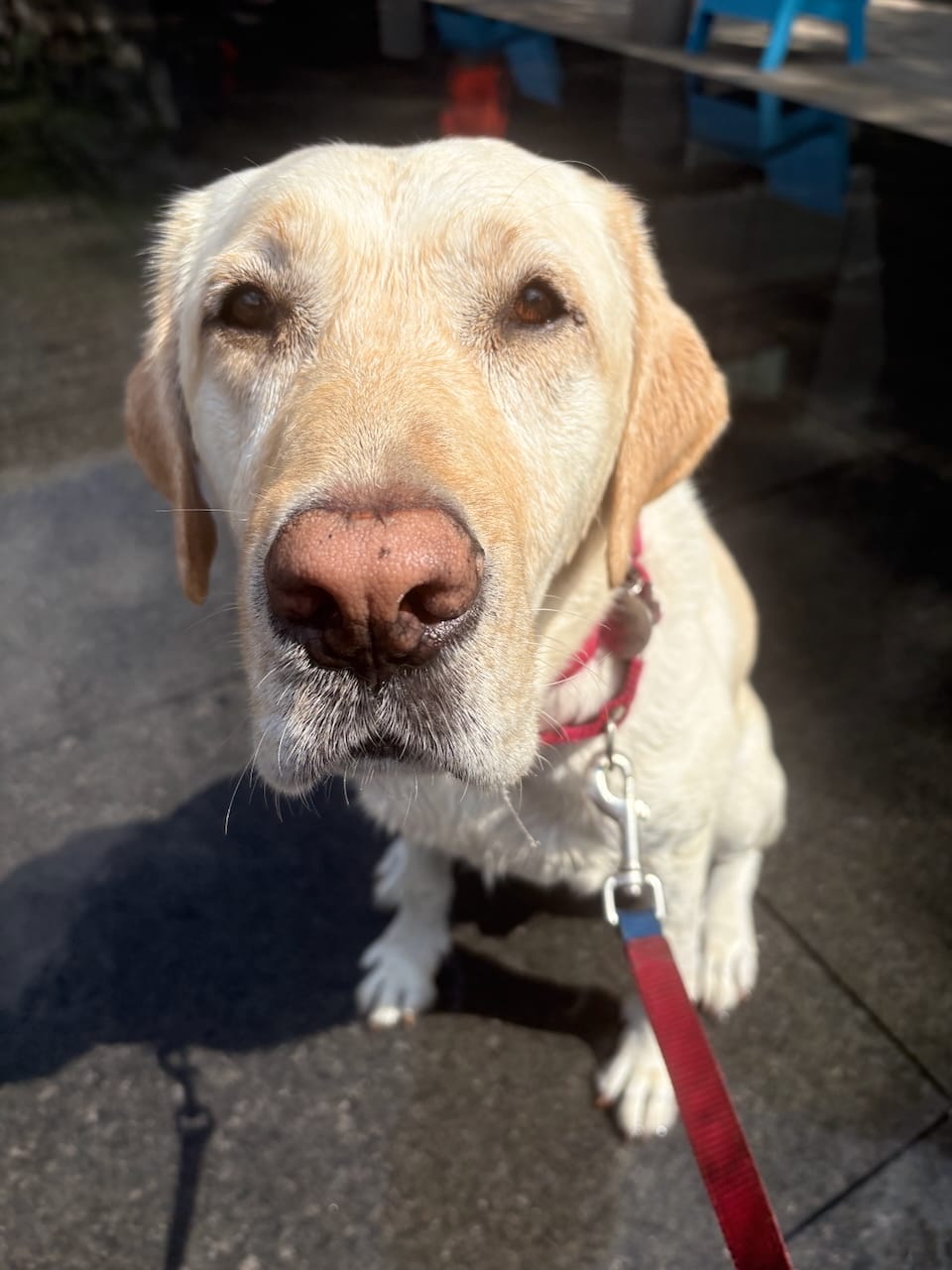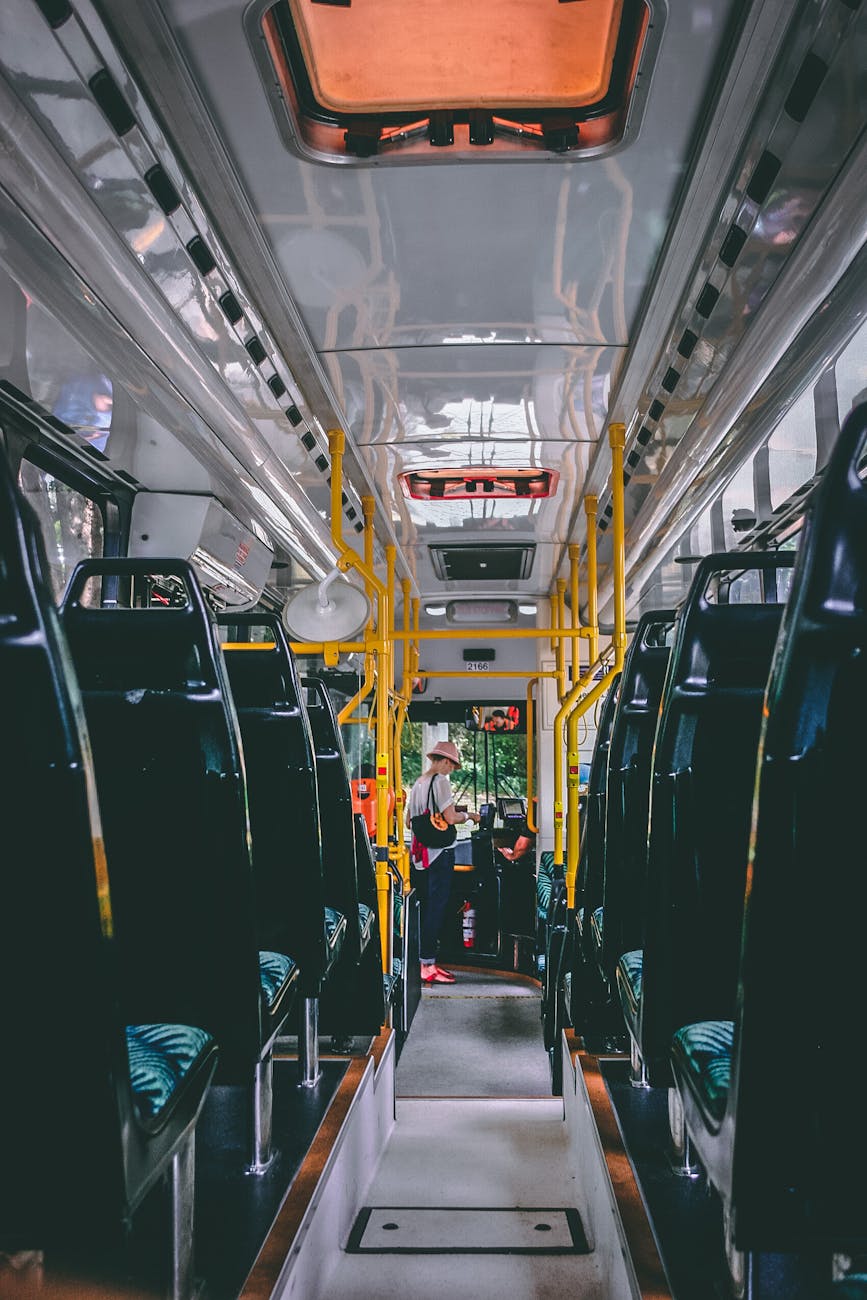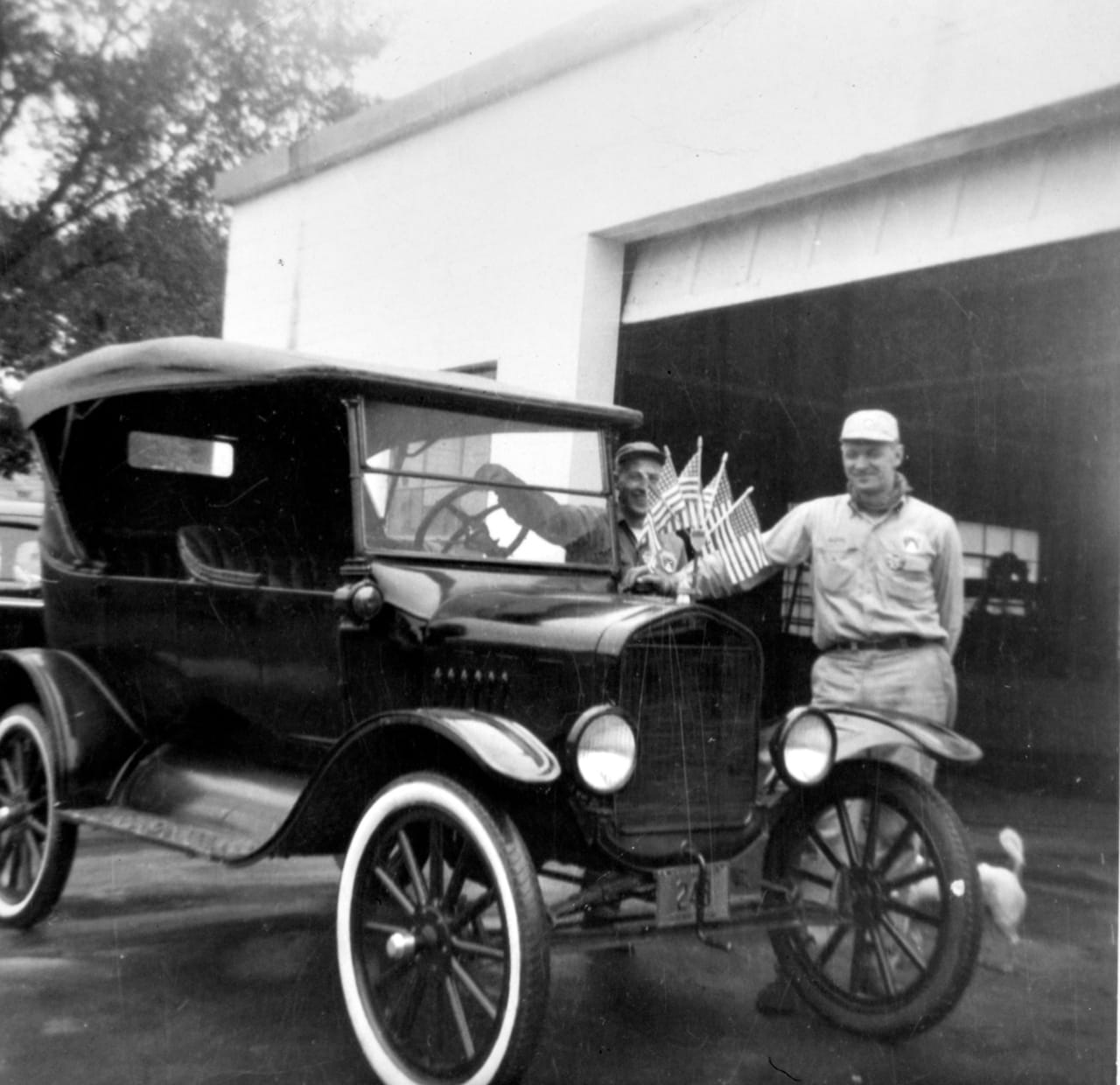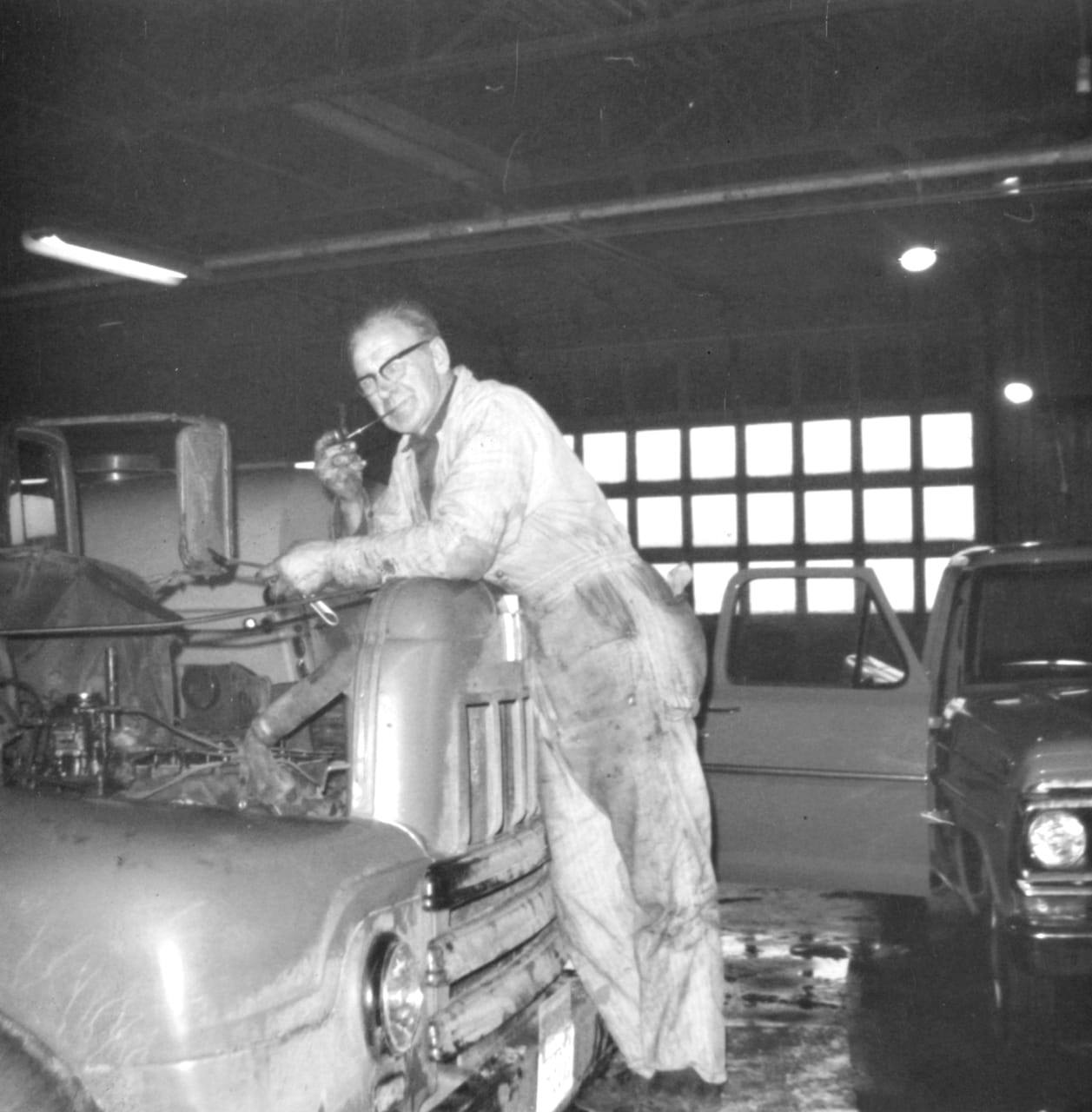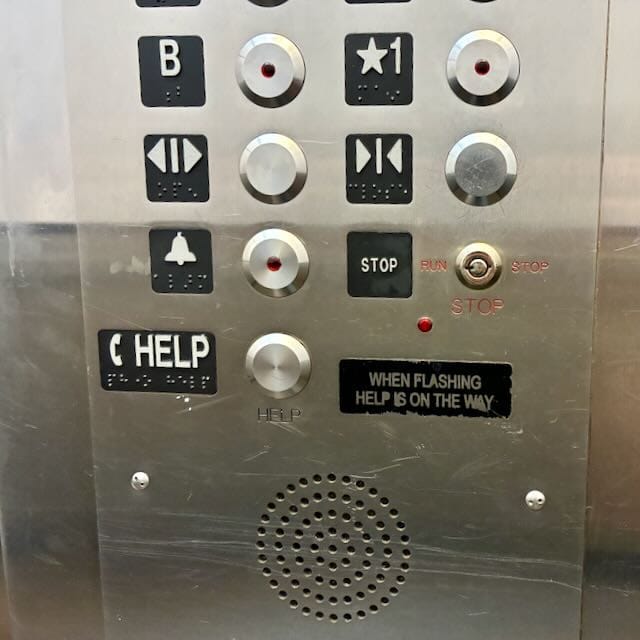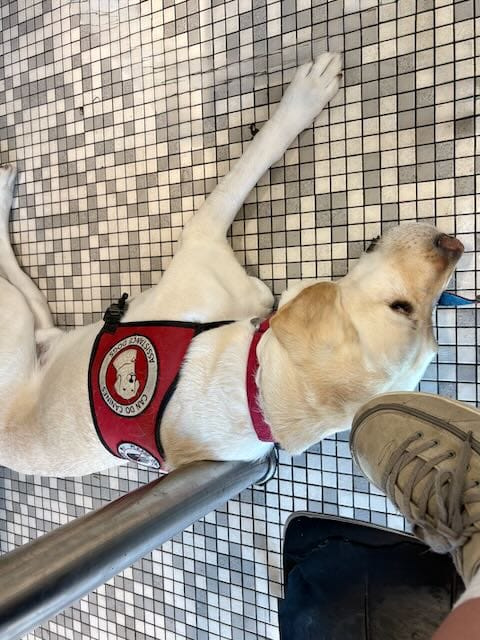I wasn’t sure how much more I was going to say about the recent school shooting at Annunciation Catholic School. But then I stumbled across an article in the Minnesota Star Tribune, and it stopped me in my tracks.
We practice drills in school—lock downs, tornado, fire—because safety matters. I remember those drills vividly from my own time in elementary school. My experience was never quite like my classmates’.
During tornado drills, everyone crouched on the floor, arms covering their necks. Me? Still sitting upright in my wheelchair, because that was the safest option we had.
Fire drills were even more complicated. I remember a specific instance when the alarm went off. No one was sure if it was a drill or the real thing. Elevators can’t be used in an actual fire, but that day, there wasn’t time to debate. A staff member just scooped me up and carried me down three flights of stairs. I sat on the grass outside without my chair until we got the all-clear.
I applaud that staff member for their quick thinking in getting me out of the building. I also applaud the Annunciation staff. They pulled a student out of his wheelchair and shielded him with their bodies. Those moments were heroic—but they were also unplanned. They happened because people acted on instinct, not because the system had a clear, inclusive plan.
The Hard Truth: Our Plans Have Gaps
Yes, emergency procedures can be written into IEPs. Many do. But let’s be honest—you can’t plan for every scenario. Right now, too many schools are failing to plan for some of the most basic ones.
Here’s the reality for students with disabilities:
- They may not be able to flatten to the ground during a lock down.
- They may not move as fast as their peers—or at all—when evacuating.
- They may not cognitively understand what’s happening in the chaos and could unintentionally move toward danger.
These are life-or-death gaps. And yet, they’re rarely talked about until tragedy strikes.
What Minnesota Requires—and Where It Falls Short
Minnesota law requires schools to have comprehensive emergency plans, and those plans are supposed to include students with disabilities. Best practices suggest:
- Individual Evacuation Plans for students who need them
- Accessible alerts for students with hearing or vision impairments
- Specialized evacuation equipment, like stair chairs
But in practice, these things don’t always happen. Many schools still:
- Skip individualized drills because they’re time-consuming
- Lack staff training for evacuating students with disabilities
- Depend on instinct in emergencies, instead of clear systems
That gap between policy and practice is dangerous—and it needs attention now.
The Bigger Picture: Gun Violence and Safety for All
I’ve said this before and I’ll say it again:
- We need common-sense gun reform.
- We need mental health screenings.
- We do not need weapons of war on our streets.
I support the Second Amendment. I support responsible gun ownership. But firearms designed to fire dozens of rounds in seconds have no place in civilian life. They exist for one purpose: destruction.
Until laws change, we live in a reality where lock down drills and emergency plans are essential. That reality must include every student.
What Needs to Happen Now
We can’t just design safety for the majority and leave the minority behind. Here’s what schools should be doing now:
- Individualized Safety Plans for every student with mobility, sensory, or cognitive disabilities
- Regular drills that include students with disabilities (not afterthought drills)
- Evacuation equipment and staff training to make sure no one is left behind
- Collaboration with first responders so they know how to assist students with disabilities during real emergencies
Why This Matters
I hate writing about this. It breaks me to even think about it. But ignoring it won’t make it go away. These conversations matter because too often, we design for the majority and leave the rest to fend for themselves.
It’s time to change that. Every student deserves a clear, safe path in an emergency. No exceptions.
We can’t wait for another headline to have this conversation. Start it now—because safety should never be optional.
What You Can Do Today
- Ask your school if students with disabilities have individualized safety plans.
- Talk to your school board about inclusive drills and evacuation equipment.
- Advocate at the state level for stronger accountability and resources for schools.

